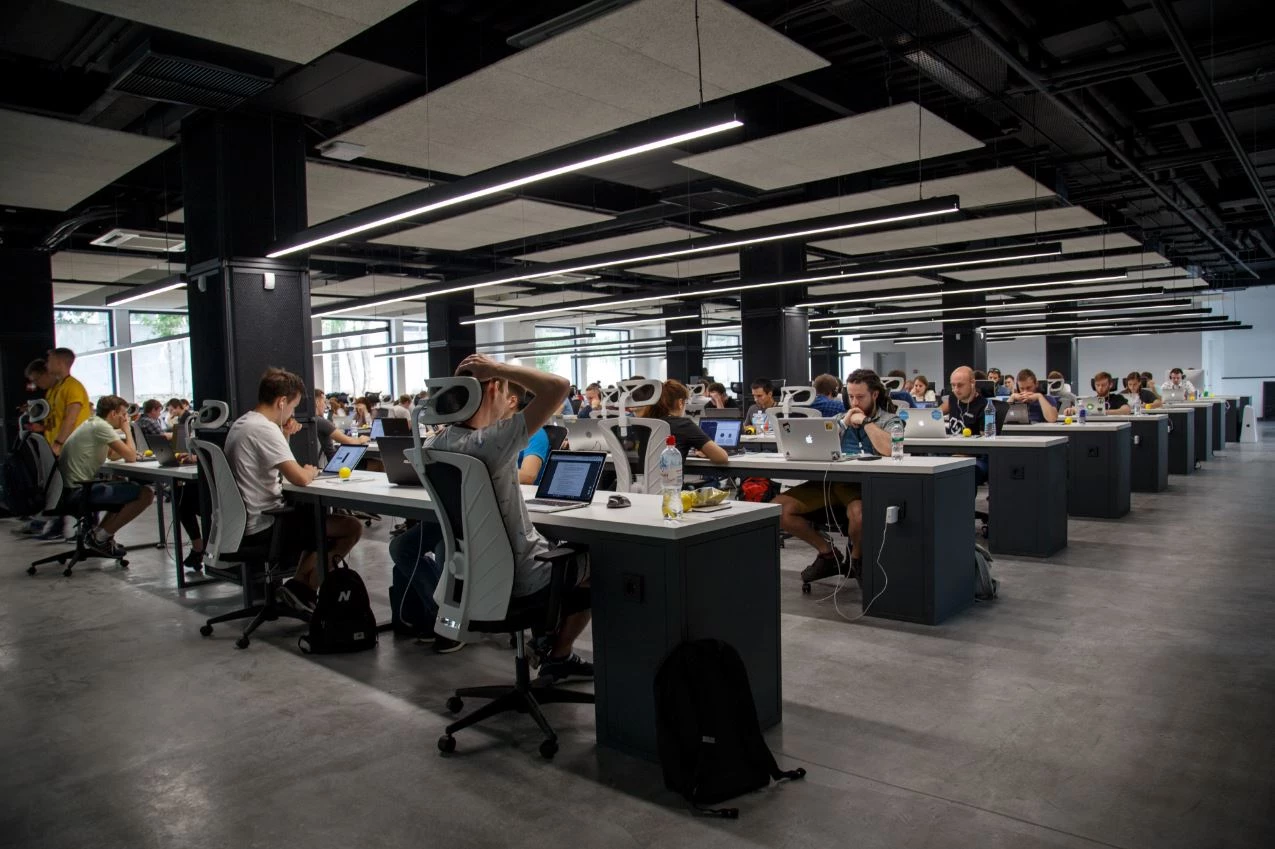
Member Article
Employees feeling the burdens of meeting inequality in the hybrid work environment
With hybrid work – or a flexible corporate environment that enables employees to operate both remotely and in a physical office – now a permanent professional fixture, workers have come to expect new levels of flexibility. However, employees now demand even more from their hybrid work experience – namely greater meeting equity. Simply defined, meeting equity ensures that remote employees receive the same level of engagement, collaboration and access to a meeting room experience as those who are physically seated around the table. As a new Barco ClickShare survey released today found, hybrid workers are growing more concerned about perceptions of an inequal and less productive meeting experience while apart from their colleagues, and many are going as far as to consider new opportunities at organizations where they believe they will be more included.
After nearly two years of familiarity with remote and hybrid work, the Barco ClickShare Hybrid Meeting Survey found that more than one-third (35 percent) of workers still have trouble fully engaging during hybrid meetings. A significant source of this disconnect emanates from a perception of oversight, as 28 percent find it difficult to have their voices heard when joining hybrid meetings from an offsite location. Twice as many remote hybrid participants (56 percent) likewise feel that meeting leaders cater too heavily to those in a physical meeting space when conducting the conversation.
“While our ClickShare Hybrid Meeting Survey clearly indicates that the majority of workers (80 percent) prefer the hybrid model, 71 percent still struggle with the frictions and technical challenges that come with hybrid engagement,” said Lieven Bertier, Segment Marketing Director, Workplace at Barco. “Hybrid meetings have become the mainstay of professional collaboration, and this data spotlights an ideal opportunity for businesses to remove access barriers for remote participants and ensure that all employees feel they can perform their best from any location.”
Compiled in late 2021, the ClickShare Hybrid Meeting Survey reflects the attitudes and preferences of modern workers as business leaders adjust operational models, workspaces, and organizational cultures in alignment with evolving professional dynamics. Featuring input from more than 4,000 global workers across varying occupations and locations, the Survey also captures the technical, functional, and emotional complications that have emerged across the broader hybrid work transition.
Technical Frustration: A Gateway to Resignation?
The ClickShare Hybrid Meeting Survey notes an urgency for businesses to refine their hybrid work and meeting equity strategies. With businesses feeling the impact of The Great Resignation, Barco found that hybrid technology and flexibility no longer are simply a means of operation, but rather a differentiator in recruiting and retaining top talent.
As Barco uncovered, nearly three in four workers (71 percent) say they still struggle with joining and navigating hybrid meetings. However, these technical frustrations now appear to have a greater impact on their professional satisfaction, and are potentially motivating them to explore new opportunities. Nearly one in three (30 percent) workers say they will consider a job offer from another company with a well-defined hybrid policy, which includes clear guidelines and tools for successful and efficient hybrid meeting participation.
“Our Survey reiterates that as employees’ appetites for functional hybrid work continue to grow, working conditions now are just as important as salaries in attracting and retaining the best workers,” added Bertier. “For business leaders, successful hybrid work begins with establishing a formal policy – which we were surprised to learn that 60 percent of organizations still do not have – but also includes making investments that drive engagement and give employees the leverage and tools to work wherever and however they like. These conversations and strategies will only grow in importance as businesses develop and execute their return-to-office plans.”
Working to See and Be Seen
While hybrid workers are vocalizing their challenges, Barco found that the return to on-site conference rooms isn’t without its own pains. More specifically, employees are still working to replicate the flexible and convenient meeting experience they’ve enjoyed while remote. Though 85 percent of businesses have at least one dedicated video conferencing room in their space, only 39 percent of IT managers feel these rooms are adequately prepared for a “Bring Your Own Meeting” style of work. As a result, nearly two in three (65 percent) workers have trouble mastering the differing connectivity points and laptop compatibility variables of their office’s video conferencing rooms.
These frustrations also mirror the sentiments Barco captured in its latest Meeting Barometer, an ongoing, periodically-updated index of workers’ satisfactions with their hybrid meeting environments.
About Barco
Barco designs technology to enable bright outcomes around the world. Seeing beyond the image, we develop visualization and collaboration solutions to help organizations work together, share insights and wow audiences. Our focus is on three core markets: Enterprise (from meeting, classroom, and control rooms to corporate spaces), Healthcare (from the radiology department to the operating room), and Entertainment (from movie theaters to live events and attractions). Barco has a global team of 3,300 employees, whose passion for technology is captured in 430 granted patents.
This was posted in Bdaily's Members' News section by Barco .
Enjoy the read? Get Bdaily delivered.
Sign up to receive our popular morning London email for free.




 test article 123456789
test article 123456789
 hmcmh89cg45mh98-cg45hm89-
hmcmh89cg45mh98-cg45hm89-
 test456456456456456456
test456456456456456456
 test123123123123123123
test123123123123123123
 test xxxdiosphfjpodskhfiuodsh
test xxxdiosphfjpodskhfiuodsh
 Savour the flavour: North Tyneside Restaurant Week returns for 2024
Savour the flavour: North Tyneside Restaurant Week returns for 2024
 Six steps to finding the right buyer for your business
Six steps to finding the right buyer for your business
 Stephen signs off on a special night
Stephen signs off on a special night
 Life’s a Peachaus: Gillian Ridley Whittle
Life’s a Peachaus: Gillian Ridley Whittle
 Making a splash: Phil Groom
Making a splash: Phil Groom
 Making workplace wellbeing a priority
Making workplace wellbeing a priority
 A record of delivery, a promise of more: Ben Houchen
A record of delivery, a promise of more: Ben Houchen